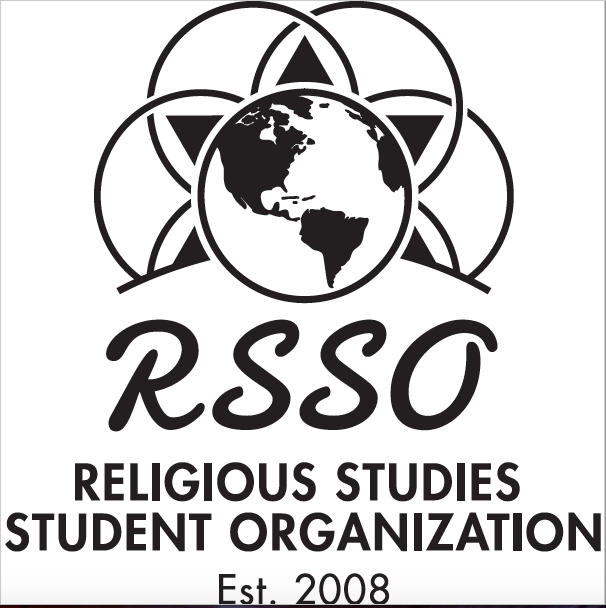The Color of Soma: Vedic Mythology and Existence of a Tripartite Cognitive Color Schema
Moderator
Dr. Stephen Beall
Location
Room B
Start Date
1-4-2017 9:45 AM
End Date
1-4-2017 10:45 AM
Abstract
This investigation examines the ancient ritual drink Soma and encompassing Vedic mythology surrounding Soma practices and beliefs. The biochemical identity of Soma has long remained a mystery to scholars, though Ephedra has emerged as a strong candidate. Extant texts do not identify explicit recipes, but they do articulate the intoxication experience as vitalizing and energizing, effects associated with Soma consumption and the divine experience of Soma as a deity and ritual drink. In examining the mythology around Soma and other Vedic deities, explicit themes relating to the colors white, black, and red emerge. White, representing all that is good and pure, is associated with Indra and Soma, black, representing all that is unknown and chaotic, is associated with the dragon Vritra, and red, representing life and all that it entails, is associated with the fire god Agni. The use of these three basic colors and associations in Vedic mythology bears a striking resemblance to the beliefs and practices of the Ndembu tribe of Zambia, as reported by Victor Turner. Soma appears to be what Turner would call a central symbol of the Vedic tradition, one that permeates nearly all aspects of belief and ritual, similar to the milk tree for the Ndembu. The intoxication experience induced by Soma coupled with Soma’s centrality in ritual were integral in producing and reinforcing the mythological thoughts present in altered states of consciousness. Mythological mind-states achieved through ritual and intoxication are highly symbolic and rely on established cognitive frameworks for representation and expression of the experience. The commonalities of white, black, and red symbolism among Vedic and Ndembu religious belief suggest a fundamental cognitive color schema accessed in altered states of consciousness through ritual or intoxication that is subsequently expressed in mythology.
The Color of Soma: Vedic Mythology and Existence of a Tripartite Cognitive Color Schema
Room B
This investigation examines the ancient ritual drink Soma and encompassing Vedic mythology surrounding Soma practices and beliefs. The biochemical identity of Soma has long remained a mystery to scholars, though Ephedra has emerged as a strong candidate. Extant texts do not identify explicit recipes, but they do articulate the intoxication experience as vitalizing and energizing, effects associated with Soma consumption and the divine experience of Soma as a deity and ritual drink. In examining the mythology around Soma and other Vedic deities, explicit themes relating to the colors white, black, and red emerge. White, representing all that is good and pure, is associated with Indra and Soma, black, representing all that is unknown and chaotic, is associated with the dragon Vritra, and red, representing life and all that it entails, is associated with the fire god Agni. The use of these three basic colors and associations in Vedic mythology bears a striking resemblance to the beliefs and practices of the Ndembu tribe of Zambia, as reported by Victor Turner. Soma appears to be what Turner would call a central symbol of the Vedic tradition, one that permeates nearly all aspects of belief and ritual, similar to the milk tree for the Ndembu. The intoxication experience induced by Soma coupled with Soma’s centrality in ritual were integral in producing and reinforcing the mythological thoughts present in altered states of consciousness. Mythological mind-states achieved through ritual and intoxication are highly symbolic and rely on established cognitive frameworks for representation and expression of the experience. The commonalities of white, black, and red symbolism among Vedic and Ndembu religious belief suggest a fundamental cognitive color schema accessed in altered states of consciousness through ritual or intoxication that is subsequently expressed in mythology.

